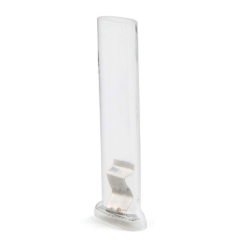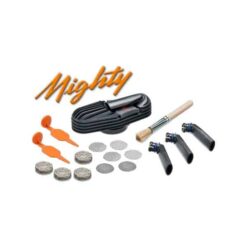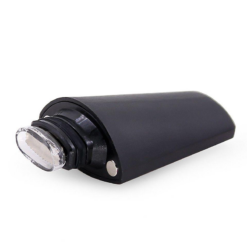Keeping a cannabis journal can be a very helpful way to get the most out of your cannabis experience, especially if you are a medical user. Even though there are good general guidelines that specify what you might experience, each cannabis strain has a different effect on each individual consumer. That is why it can be beneficial to keep a record of things like strains, effects, flavours, and more in a cannabis journal to ensure that you remember which products you would like to try again and which to avoid.
Why Is Keeping A Cannabis Journal Important?
Journaling is good for your mental health in general, but keeping track of your cannabis consumption and which strains/products you consume is also important for a few reasons.
Probably the most important reason to keep a cannabis journal is to have a reminder of what works and what does not work best for you. Have you ever consumed a sativa strain that makes you feel lethargic, or had a specific strain that made you extremely paranoid? If you keep track of this in a cannabis journal, you will know what type of product to go for and what you should generally avoid.
You will also be able to spot certain patterns. Maybe you experience more feelings of paranoia when you consume cannabis and coffee together – you will only really be able to notice when you write things down and see a correlation.
Finally, you will have a clear record of your cannabis consumption that you can go over with your doctor or a budtender if you have any questions or need any advice. They will likely be able to give you recommendations and assistance, which will be easier if you have kept track of things.
Step 1: Choose Your Medium
Choosing the right medium for cannabis journaling is important since you will need to be motivated to keep it up to date. Do you prefer writing things down physically, or are you more into keeping things digitised on your phone?
If you would rather use your phone, try downloading an app that notifies you to journal during the day so you can keep up with your notes. If you prefer physical writing, keeping a simple notebook (or perhaps an actual cannabis strain journal) near your bed or by your desk will remind you to use it.
Studies have shown that physically writing things down keeps your mind active and helps you to learn better, but keeping a cannabis journal is more about convenience and consistency, so choose whichever works best for you.
Step 2: Decide What Information You Want To Record
Now that you have your cannabis journal ready, what information do you actually need to gather? Here are some ideas about what to record in your cannabis journal:
- Initial state of mind: Take note of how you felt before you consume your cannabis product. Were you feeling tired after a long day, stressed about work, extra anxious? What prompted you to consume cannabis and how were you feeling? This can be good to reflect on after you have consumed cannabis to see how things have changed.
- Cannabis intake details: Keep track of the strain name, brand/dispensary, the consumption method (be more specific – “half gram pre-roll” is a better note than just “smoking”), and the time of day.
- Effects: Now, you should get down to recording how the strain/product made you feel. Think about things like how intense the effects were, and how fast they started to show up and wear off. What did you like or dislike about the experience? Remember to note mental and physical effects. You can even give it a rating out of 5 so you can flip through and instantly see which strains you like best
- Pain/illness and symptoms: If you are using cannabis for medical purposes, pay attention to your symptoms. Do they stay the same, do some get better, or does the strain/product help completely? You can even talk to your doctor/dispensary about similar strains that are more potent, more targeted, or more broad in effects.
- Food and water consumption: The amount and type of food you consume can have an impact on cannabis’ effects. You might be feeling sleepy due to the big brunch you ate rather than the sativa you consumed. Having an idea of what you ate (especially if you had something unusual), how much caffeine you consumed, and how hydrated you felt or if you had enough water is important.
- Sleep: You can use a sleep app to keep track of your sleeping habits. How many hours of sleep are you getting, and do you wake up frequently? This is especially important if you use cannabis for insomnia or better sleep.
It can be good to keep a journal of these things even on the days that you do not consume cannabis to really track all the effects and spot patterns.
Step 3: Schedule A Time To Journal
Getting into the habit of journaling and sticking to it is key, and scheduling a time for writing down your thoughts and information can help you keep up. You can do everything after you’ve consumed cannabis, do one section before you consume cannabis and the rest once you come down, start journaling when you wake up and add to it as the day moves on – whichever method keeps you engaged and committed to your cannabis journal.
Keeping track as things change throughout the day is a good way to get into things, and you will soon notice what you want to keep noting and what you can leave out. Just try to be consistent so you can get the best results.
Cannabis journals can be very useful to keep track of your cannabis consumption, especially with the wide variety of strains and products out there. If you are looking to be more mindful about what you are consuming and how it affects you, try keeping a cannabis journal. You might see useful trends and patterns, and you will have a reference of the strains you love and which to avoid.









